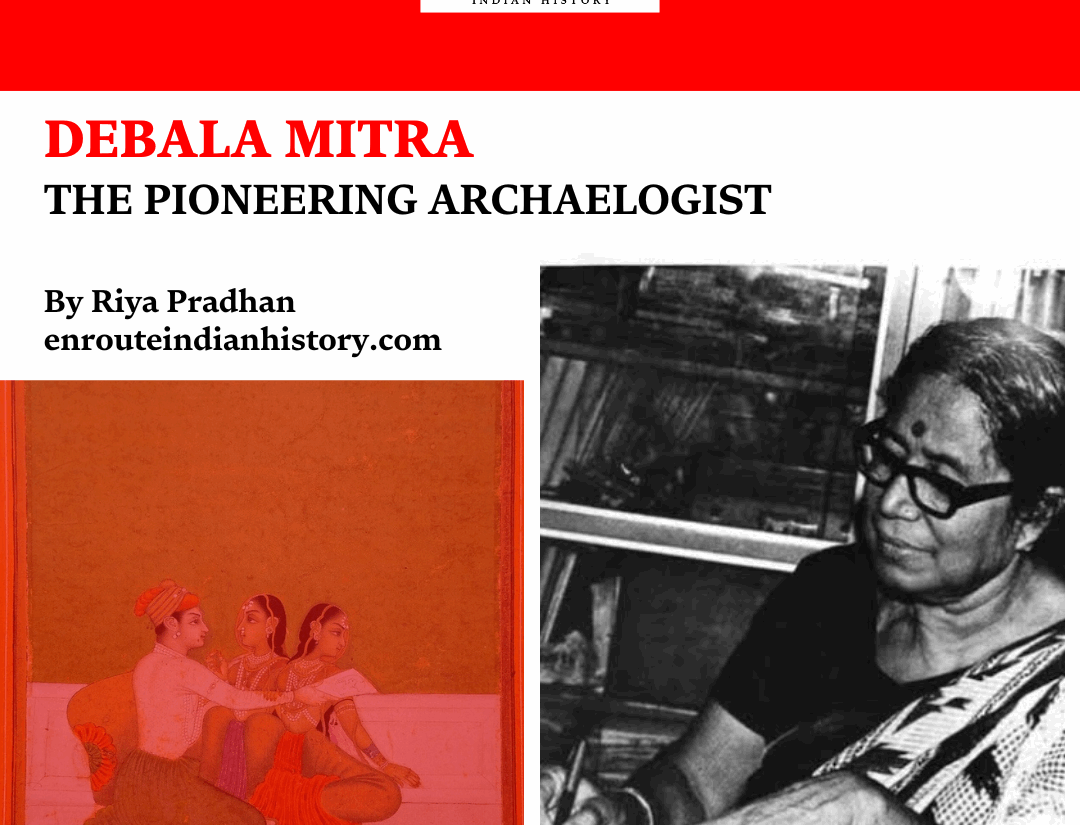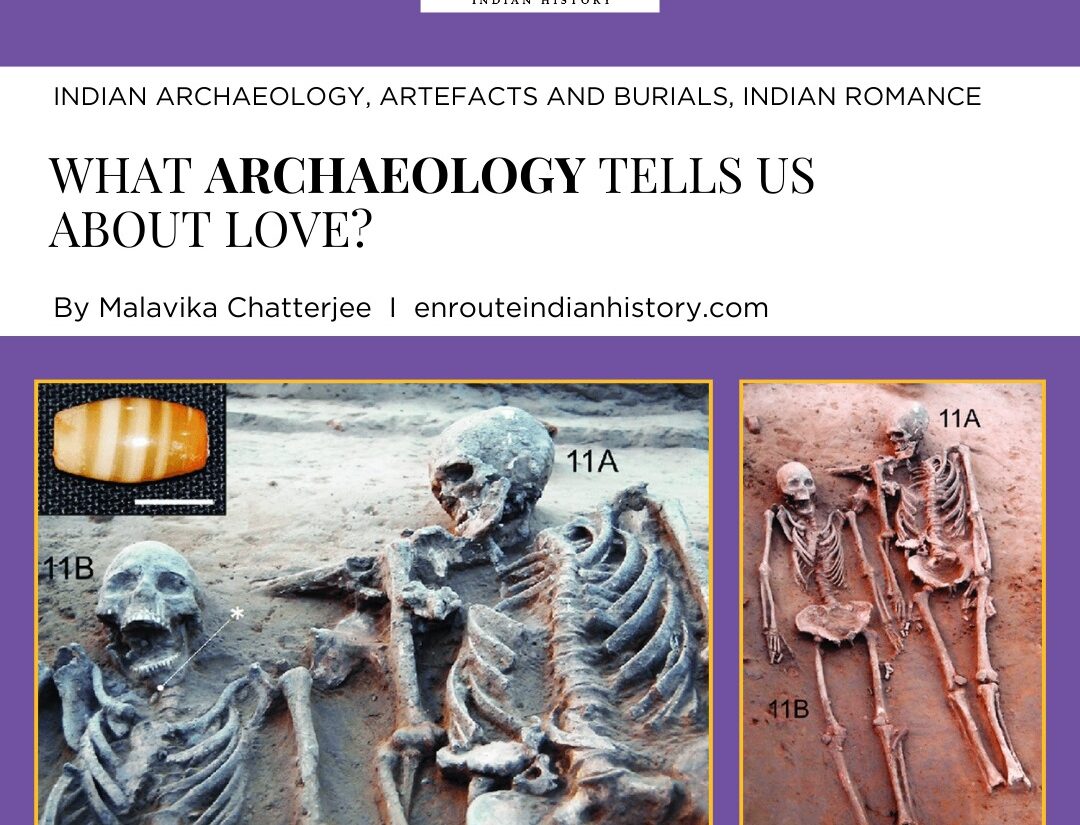
Riya Pradhan
Archeology has historically been viewed as a male-dominated subject, with excavations at sites, fieldwork and scholarly debate frequently focused on men’s accomplishments. Yet, some of the most innovative developments in archaeological methods and interpretation have been contributed by women. Kathleen Kenyon's contributions transformed stratigraphy through her rigorous excavation methods at Jericho, a research headed by Charlotte Hedenstierna-Jonson of Uppsala University in Sweden, indicated that the remains discovered in a Viking cemetery in Birka, Sweden, which were previously thought to be male, were actually female according to DNA analysis, Ruth Tringham pioneered the use of digital tools to record and evaluate archaeological data, among other things. Many women all over the world have improved our understanding of ancient cultures in one way or another. In India, the founding of the Archaeological Survey of India (ASI) in 1861 by Alexander Cunningham provided the basis for systematic archaeological research. However, for more than a century—and for decades following independence in
1947—the leadership of this distinguished organization was male dominated. That changed when a determined and visionary scholar came along to shatter this long-cstanding tradition. With a phenomenal potential to observe and understand objects differently, she not only headed excavations but also reformulated the scholarly perception of Buddhist art and architecture. She was Dr. Debala Mitra, the pioneering woman who became the ASI's first female Director General.
Early Life
Debala Mitra (14 December 1925 – 2 December 2003) was a notable Indian archaeologist who served as the first woman Director General of the Archaeological Survey of India (ASI) from 1981 to 1983. Her contributions opened the path for better knowledge of India's cultural and archaeological legacy. Mitra was born in Bengal Province (now Bangladesh). Her early schooling occurred in Calcutta and Khulna. She belonged a middle-class Kayastha family. In 1946, she earned an M.A. in Ancient Indian History and Culture from the University of Calcutta and received a silver medal. She also studied Art of Cambodia at I'cole de Louvre in Paris. In 1975, she received a Doctor of Philosophy from the University of Calcutta for her PhD thesis on the Temple of Telkupi in Purulia District, West Bengal.
Contributions
Mitra joined the ASI in December, 1952 and rose through the ranks, serving as Superintendent of the Eastern Circle and Additional Director General before becoming Director General. During her tenure, some of the most significant
excavations took place. She took part in archaeological excavations in Rupar, Nohar, Sothi, Maski, and Tamluk. Later she was inspired to perform independent excavations in Jaugada, Udaygiri, Khandagiri, Ratnagiri, Tilaurakot, Kodan, and north-east India. She received training in conservation and preservation work. She undertook
preservation of mosques of Murshid Quli Khan at Murshidabad, mosques and tombs at Gaur and Panduas in West Bengal, temples at Bishnupur in Manipur, and earthquake-damaged temples in Assam.
She chaired the National Committee for Lumbini Development Project and ICOMOS, and served on numerous other bodies. She was also a member of the Central Advisory Board of Archaeology, Asiatic Society, and National Council for Science Museums. She represented the Indian government in international forums and symposium in several countries. She consulted on the cultural triangle in Sri Lanka. In May 1986, she attended an international conference on the development and chronology of Buddhist and Hindu sculptures in early mediaeval art, held in Berlin, May 1986.
Ratnagiri excavations
Her excavations at Ratnagiri between 1958-1961 were a landmark achievement in Indian archaeology, unearthing a vast and intricate Buddhist monastic complex that revolutionized scholarly knowledge of the site's importance. Under her leadership, the Archaeological Survey of India (ASI) discovered a large stupa surrounded by numerous smaller stupas, which established that Ratnagiri was a thriving Buddhist centre. The uncovering of three large monasteries, particularly Monastery 1, with its richly carved stone gateway and central shrine containing a large Buddha statue, illustrated the architectural and artistic prowess of the time. Moreover, Mitra's excavation produced a rich collection of plentiful sculptures, such as Buddha heads, bronze artifacts, and concentrated stupas, which attested to the cultural and religious richness of Ratnagiri in the 5th to 13th centuries. Her meticulous documentation of these artifacts in the ASI’s "Memoirs of the Archaeological Survey of India" provided
a scholarly foundation for future research on the site.
The recent archaeological excavations at Ratnagiri in have further solidified Mitra's legacy by expanding on her pioneering excavations. Three mega Buddha heads and a massive shrine complex were unearthed by archaeologists in early 2025, reaffirming the historical significance of the site. These discoveries are in line with Mitra’s original discoveries, giving more insight into the region's significance in Buddhist monastic traditions and artistic developments. Her initial excavations at this Buddhist site of Ratnagiri paved way for archaeologists to further research on her findings and build new theories.
Buddhist studies
In "Buddhist Monuments," Dr. Mitra offers several unique observations that deepen our knowledge of India's Buddhist architectural heritage. She examines closely the evolution of stupa forms, with regional variations and their symbolic meaning.She also discusses lesser-known monastery sites, highlighting their distinct architectural elements and historical circumstances. Her interpretation of monument inscriptions provides insight into patronage and the sociopolitical context of their construction. Furthermore, her comparative studies of diverse Buddhist locations reveal the widespread diffusion of creative forms and religious rituals across areas. These
observations combined result in a more refined appreciation of the complexity and diversity involved in Buddhist monumental architecture in India.
Bodhgaya Buddha
In February 1987, on a visit to Bodhgayā, Dr. Mitra noticed an 8th-century Buddha statue in the premises of the Maṭha complex. When she returned in March 1989, she found the statue missing and discovered that Maṭha officials had not reported the crime to local law enforcement. One of her colleagues then brought her attention to a published photograph of a standing Buddha figure in the Metropolitan Museum of Art's catalogue, which bore a striking similarity to the missing statue. Dr. Mitra matched her records to the catalogue data and confirmed that the Buddha statue in the museum was the one that had gone missing from Bodhgayā.
She immediately informed the Archaeological Survey of India (ASI) in May, 1990. The ASI probe concluded that the statue had been registered by Shri Shatanand Giri of Bodhgayā Maṭha on October 4, 1976. With this evidence, the ASI informed the Indian Embassy in New York, which, having consulted with the Metropolitan Museum, confirmed the identification of the statue. The museum accepted the authenticity of the statue and offered to return it without compensation, and the ASI formally recovered the object on March 23, 1999.
This repatriation achievement was a rare occurance, marking one of the first times that a stolen Bihar sculpture was returned from a foreign museum to its place of origin. Dr. Mitra's persistence and academic integrity were critical to this success. Her actions not only returned a rare artefact to its place of origin, but also demonstrated
the critical need of awareness and strategies in combating art theft and illicit trafficking.
Publications
Her research articles are a comprehensive analysis of significant archaeological sites and precious bits of information regarding India's rich cultural and historical heritage. Her major publications includes- "Ajanta", "Konarak", "Telkupi: A Submerged Temple-Site in West Bengal", "Ratnagiri: 1958-61", "Buddhist Monuments", "Indian Archaeology – A Review" among a few. Debala Mitra's legacy as an Indian archaeologist is one of groundbreaking study, rigorous excavations, and unwavering dedication to preserving the country's cultural heritage. As the first female Director General of the Archaeological Survey of India, she shattered glass ceilings and left a lasting mark on Buddhist monuments, temple
design, and excavation methods. Her vast fieldwork moulded current archaeological practice in India, and her academic papers remain reference points for researchers. She was more than an archaeologist; she was a visionary who saw history as a dynamic entity that needed to be understood and preserved. Her pioneering work continues to inspire, proving that archaeology is about altering how we perceive and remember the past as much as finding it.
References
Anand, D., From Metropolitan Museum to its Rightful Place. https://nalandainsatiableinoffering.blogspot.com/2016/09/from-metropolitan-museum-to-its.html.
Tripathi, P.K. (2018) 'Stolen statue to return home,' Telegraph India, 23 August.
https://www.telegraphindia.com/bihar/stolen-statue-to-return-home/cid/1364051?utm_.
Samima Nasrin (2016) 'A case study on Debala Mitra who broke gender stereotyping in work place.,' International Multidisciplinary Research Journal, Indian Streams Research Journal, 6(3).
Buddhist Monuments : Debala Mitra : Free download, borrow, and streaming : Internet Archive (1971).
https://archive.org/details/BuddhistMonuments/page/n3/mode/2up.
Memoirs of the archeological survey of India no.76 : Mitra, Debala : Free Download, Borrow, and Streaming : Internet Archive (1969).
https://archive.org/details/in.gov.ignca.48724.
Excavations at Tilaura kot and Kodan and explorations in the Nepalese Tarai : Mitra, Debala : Free Download, Borrow, and Streaming : Internet Archive (1972).
https://archive.org/details/in.gov.ignca.72151.


















